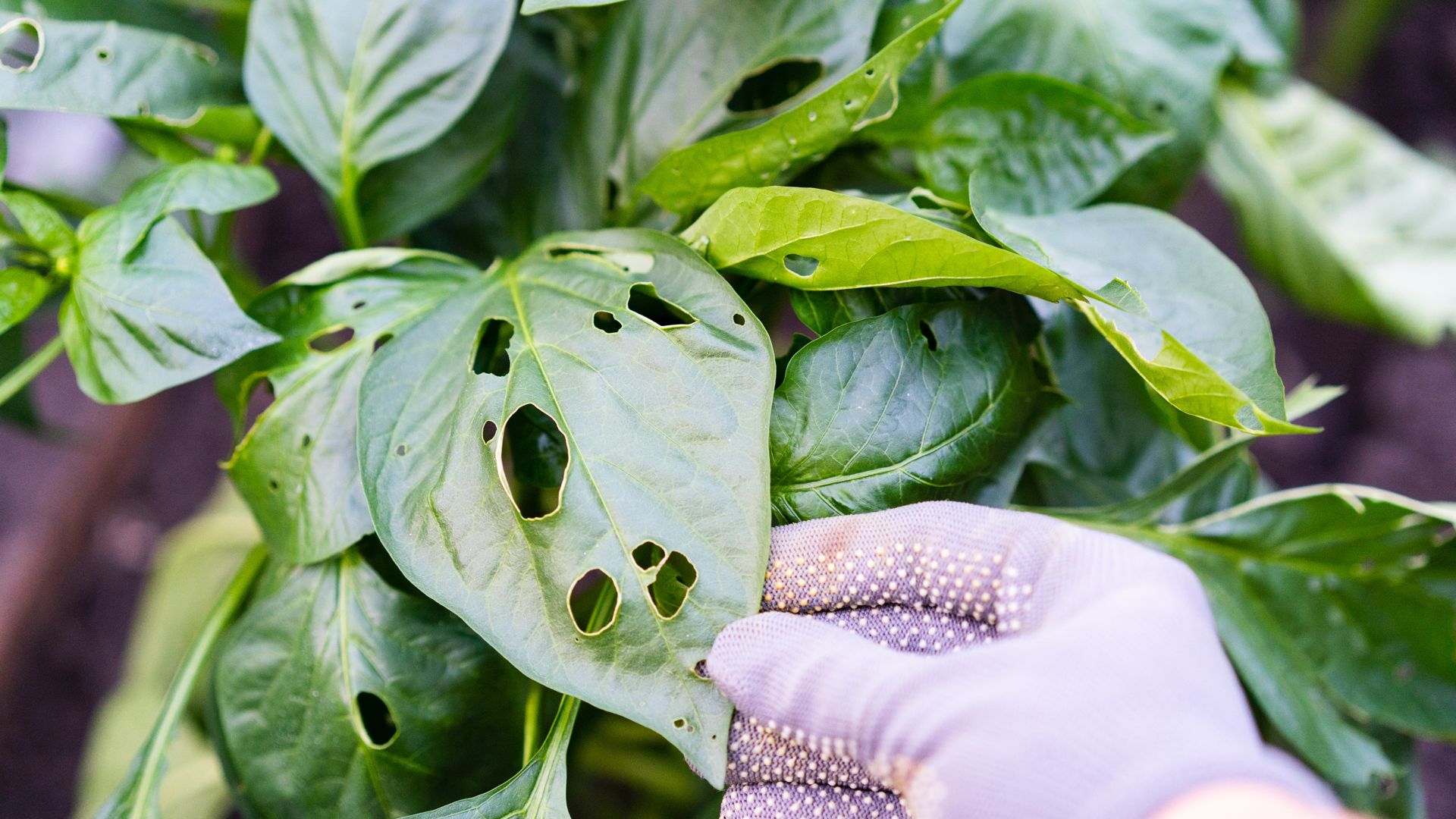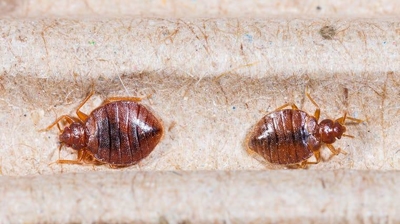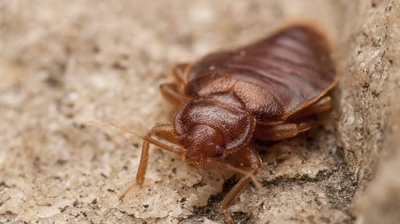

Flying Ants In The House
Are you finding winged ants crawling around on the inside of the windows of your home? It can be a disgusting and frustrating experience; but you might want to thank those ants for making themselves a spectacle. It's true. Flying ants are a warning sign of something destructive living inside the walls of your home. If they hadn't presented themselves, you'd be unaware that something is eating away at the wood of your home and taking a bite out of your equity every year they go untreated.

What Are These Flying Ants?
Ants with wings are called swarmers, or winged reproductives. These are not a species of ant, but rather a caste of ant. Inside a colony, there are many ants with varied roles to play. The queen reproduces, the soldiers defend the colony, and the workers forage for food. When a colony matures, it will begin to produce male and female reproductives. The job of the reproductives is to leave the nest, mate, and establish a new nest. If they are doing this inside your home, that is not a good thing.
What Is A Mature Nest?
It can take three or more years for a colony to mature. How large a colony can get will depend on the habitat surrounding the colony. If there are appropriate food sources available, a nest can grow quite large. When the ant population in a nest is reaching its max, the queen will produce reproductives to go out and start a new nest.
How Do I Identify Carpenter Ants?
There are many ways to determine whether or not the flying ants inside your home are carpenter ants.
- Carpenter ants are the largest ants you'll have in your home.
- They are black or a mixture of black and red.
- Carpenter ants have a single node between the thorax and abdomen (or waist area).
- Swarmers shed their wings after mating. For this reason, you will often find ants crawling around where swarmers are. This will help you determine whether they are ants or termites.
Should I Be Worried About Flying Ants?
If you are finding flying ants inside your home, it is likely that those ants are carpenter ants. In addition, termite swarmers are commonly mistaken for flying ants. Due to the implications of their presence, you should always be concerned when you see flying ants—or what you believe to be flying ants—around your home.
What Damage Do Carpenter Ants Do?
These ants are responsible for millions of dollars in property damage each year in the United States. They do not eat wood, but they chew galleries through it in order to establish their nests and build pathways to food sources. These pockets and tunnels can weaken support structures and lead to sagging, warping, and bulging.
Why Do I Have Carpenter Ants?
Carpenter ants are attracted to decaying wood and moisture. Here are some conditions around your property that may lead to a carpenter ant infestation:
- If you store wood next to your home, you will invite these pests in close to your exterior walls. Make sure firewood, construction materials, and other wood products are kept at least 15 feet from your home and that they are raised off the ground.
- If you store wood inside your home, carpenter ants can hitchhike into your home and take root. Be sure to store only what you will burn within 48 hours.
- Carpenter ants prefer rotting wood. If you have a gutter system that is blocked or broken, it can cause water to run down the sides of your home. This will lead to rot. Carpenter ants are attracted to these conditions.
- Carpenter ants need a food source. They don't eat wood, they eat food. If you have open trash cans next to your home, this can also draw carpenter ants in.
If I protect my stored foods, will carpenter ants leave me alone? When carpenter ants nest inside the walls of your home it is a good idea to make stored food hard to access by storing them in hard plastic, sealable containers. But carpenter ants don't need a food source in your home to thrive inside your walls. They can feed from outdoor food sources as well. Plants, fruits, and vegetables near your home will give these insects what they need to survive. Carpenter ants are omnivores. That means they can survive on other insects, dead animals, and vegetation as well as sugary foods and starches.
If you're finding flying carpenter ants inside your home, it's extremely important to have a thorough inspection performed as soon as possible and start treatments for carpenter ants immediately. Left untreated, carpenter ants can do a lot of damage. Don't wait until you're finding them crawling around in your kitchen by the hundreds or your walls begin to bulge. We'll take care of those ants quickly and effectively with the least amount of products. Immediate help is available. Schedule a service today and get rid of those flying ants!
Customer Testimonials
-
Excellent, prompt, and courteous service. The technician arrived on time and took care of our yellowjacket nest and carpenter bee problems. Highly recommend Parkway if you have pest issues.- Jeff R.
-
Professional, knowledgeable, and great service. The technicians are always on time and the pest issues are solved within a couple of days. Highly recommend Parkway Pest Services for any pest problem. Thank you!- Jean R.
-
Parkway Pest Services responded very quickly to our request to have a tech come and inspect our rodent issue. They provided excellent service, outlining steps they would take as well as the steps we should take. Our pest situation has been resolved! I highly recommend them!- Robert M.
-
“Beyond friendly and professionally she really understood how freaked out we were and felt like she was in it with us the whole way.”- Emily W.
-
“The gentlemen that came over was very friendly and honest!”- Patty M.
-
“They sent a tech the same day and truly saved the day for my Aunt’s home in New York.”- D. Hunsaker
-
“I called Parkway, got Shoshanah on the phone, told her about the problem (she could tell I was a wreck!) Within an hour Steve was here!”- C. Petronella
-
“Had some scheduling issues and with her kindness patience and professionalism sorted it all out!”- John D.


Our Blog & News
Catch up with the latest blog articles from Parkway or see news that is happening in the pest control industry.







